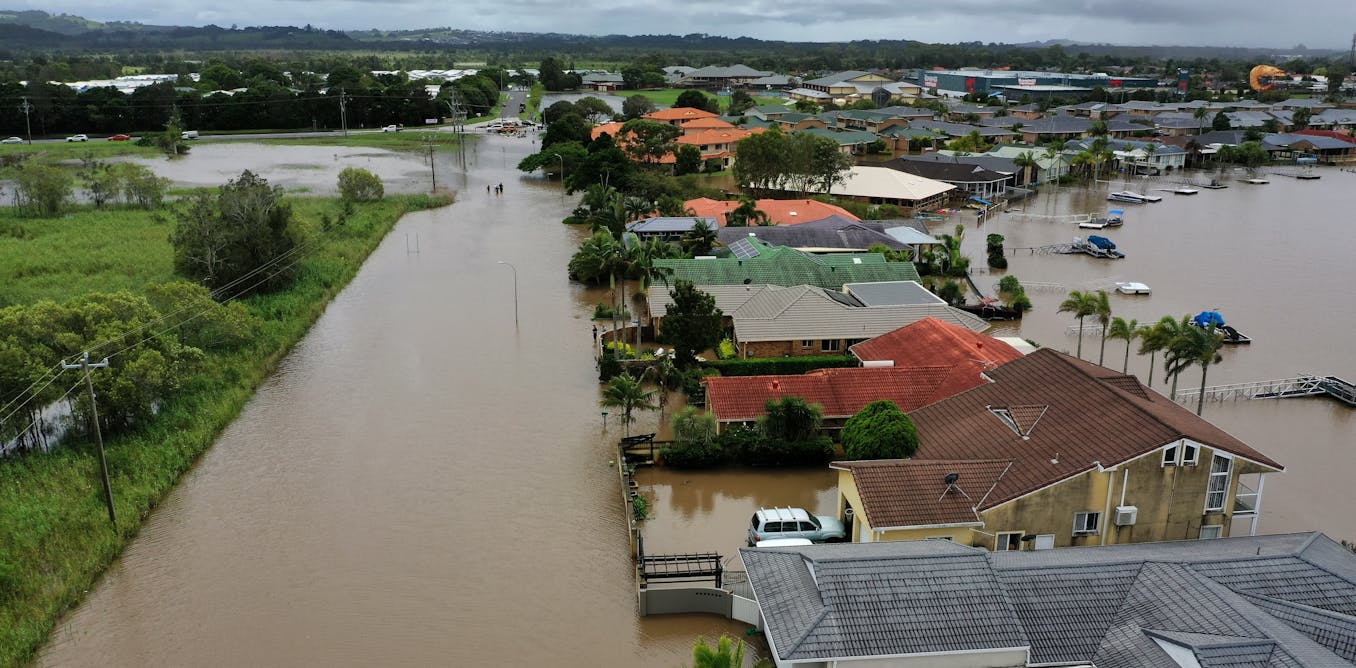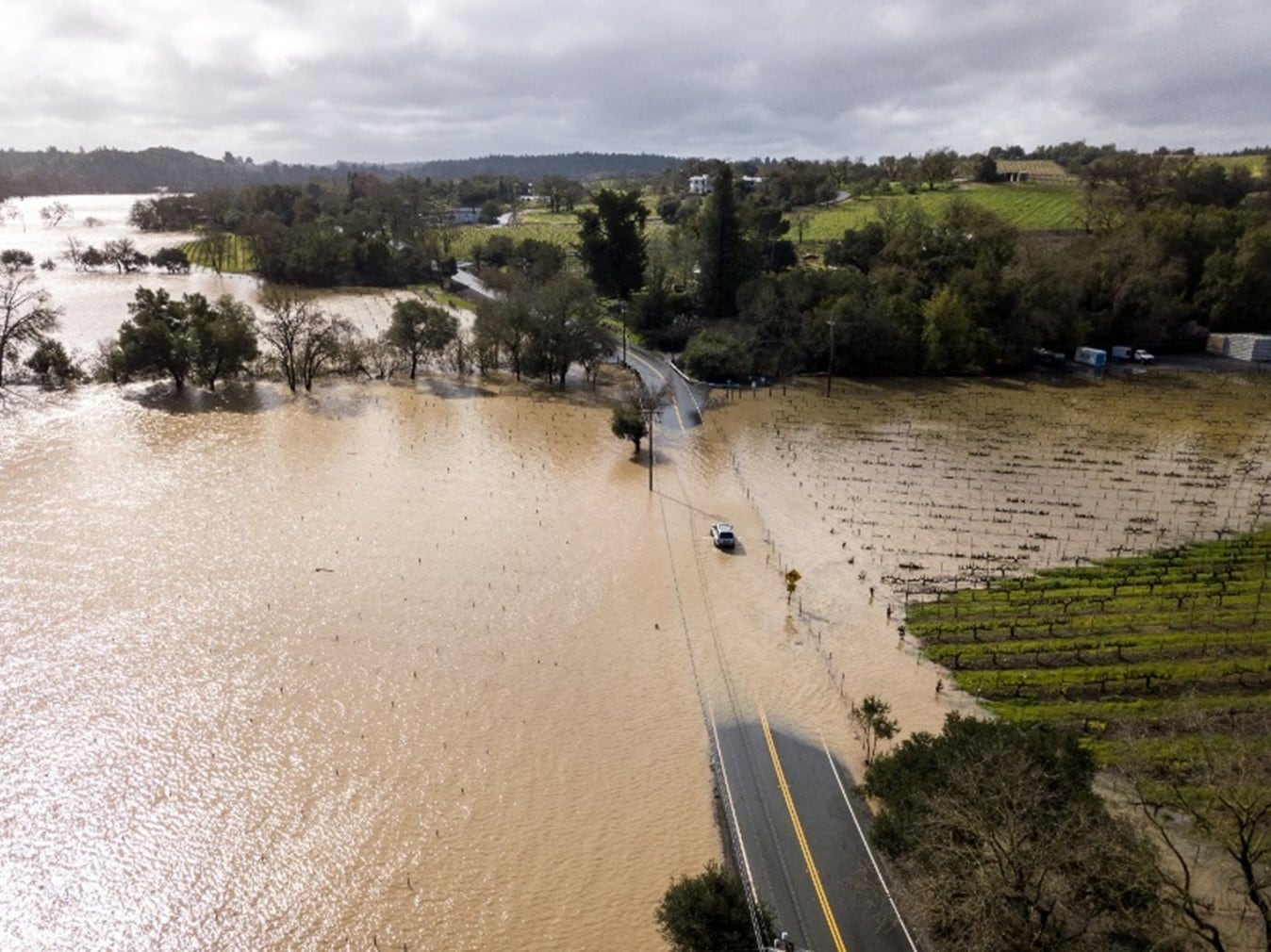A raging flood pulled a family’s home of more than 50 years into the Blue Earth River in southern Minnesota this week, as a community watched in horror. The river’s water flow had tripled in three days after 11 to 18 inches of rain fell in a little more than a week. The swollen river carved a new pathway around the Rapidan Dam, threatening to collapse the dam and the nearby store where the home’s owners, the Bruska family, had served up pies and shakes for decades.

Catastrophic Flooding: A New Norm
Intense rains have pummeled much of the north-central U.S. in June, causing devastating floods across the region. Major flooding is underway on the Big and Little Sioux rivers, the Des Moines River, and the Minnesota River. Such events are becoming increasingly frequent nationwide. Rainfall is not only more abundant but also breaking records, with intense downpours fueled by a warming climate.
Flooding has always occurred along rivers and streams, but today’s warmer air allows the atmosphere to hold more water. Storms are supercharged by moisture from warming oceans. On June 21, the National Weather Service in Sioux Falls, South Dakota, reported rain rates of 3-5 inches per hour. The following day, a deluge in South Florida brought rain rates of 4-5 inches, flooding areas of Miami-Dade, where higher sea levels exacerbate drainage issues. Kevin Reed, an associate provost for climate and sustainability programming at Stony Brook University, noted, “Climate change is leading to wetter, more extreme precipitation events.”
Vermont’s Legislative Response to Climate Change
In Vermont, a 9-inch deluge last July triggered a devastating flood with damages estimated at $1 billion. This disaster spurred state legislators to approve a new law in May, dubbed the “Climate Superfund Act.” “Vermont had just faced one of the most catastrophic climate disasters in its history,” said Elena Mihaly, vice president of the Conservation Law Foundation Vermont. The legislation aims to recover costs from climate disasters by seeking payments from large fossil fuel companies for their extraction and refining activities dating back to 1995.
The state plans to conduct a cost analysis to determine the current and future costs to Vermont from greenhouse gas emissions. This analysis will help recoup costs currently borne by taxpayers. Governor Phil Scott allowed the climate action bill to become law without his signature on May 31. The funds collected will be earmarked for climate change adaptation projects.
Recalculating Rainfall Estimates for a Warming World
The National Academies of Sciences, Engineering, and Medicine recently published a new rainfall study, sponsored by the National Oceanic and Atmospheric Administration (NOAA). This study was prompted by Congress to update the nation’s “probable maximum precipitation” estimates to reflect the changing climate. These estimates are crucial for designing critical infrastructure like dams and nuclear power plants, ensuring they can withstand extreme rainfall.
Updating rainfall estimates to account for extreme weather in a warming world can provide crucial information about hazards such as coastal storm surges and compound flooding. Committee member John Nielsen-Gammon, Texas State Climatologist, emphasized the importance of considering climate change in these calculations to avoid underestimating risk.

The study also recommended incorporating future climate change impacts into extreme precipitation estimates, which can help ensure infrastructure and society are resilient to these changes. NOAA expects to issue the first updated estimates by 2030, if the program is fully funded, with updates every 10 years thereafter.
